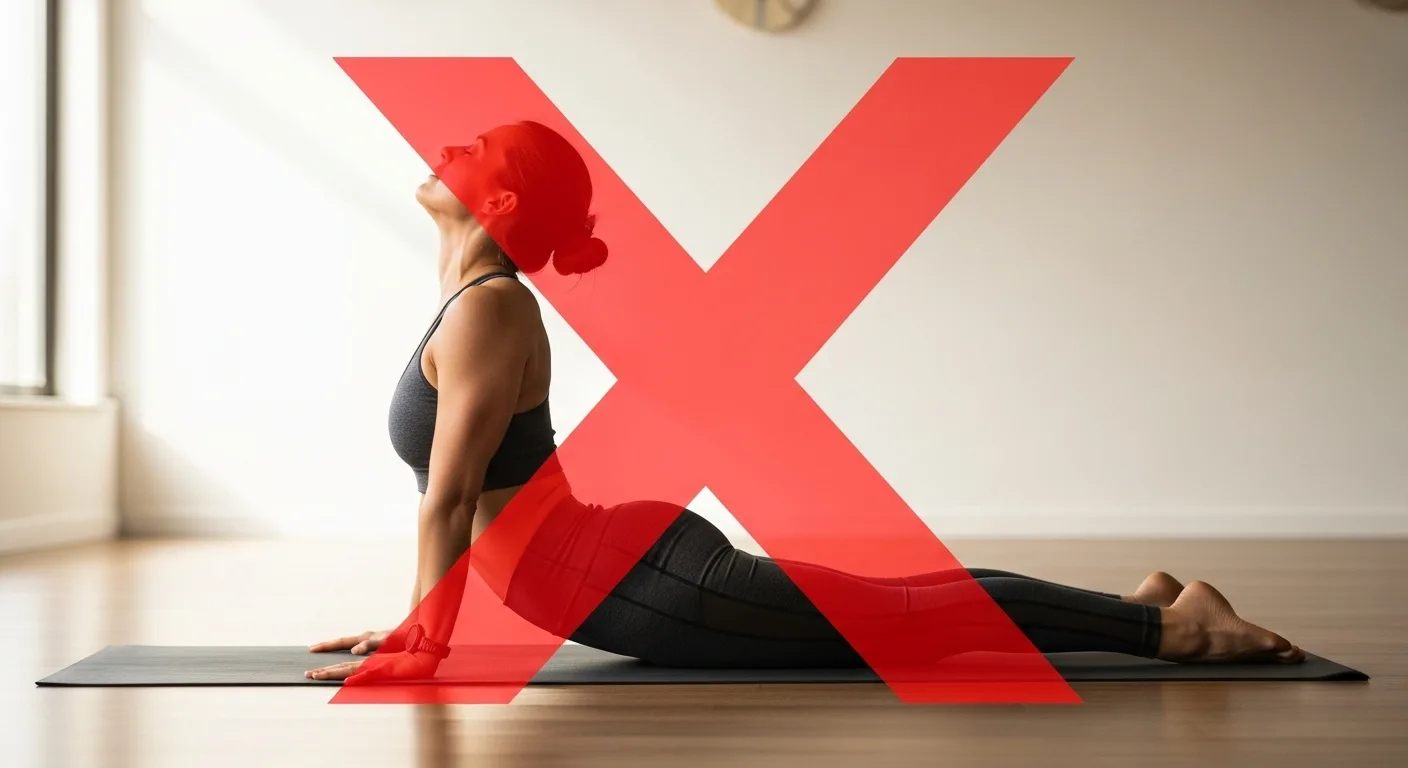Best exercises for hernia: Why Exercising Smart with a Hernia Matters
If you’ve been diagnosed with an inguinal or abdominal hernia, you’ve probably heard the same advice again and again: “Stay active but be careful.” Easier said than done, right?
For many people, the fear of worsening the hernia can make them give up on fitness entirely. Yet, avoiding movement can lead to weakened muscles, poor posture, and slower recovery. On the other hand, exercising incorrectly can put too much pressure on the hernia and cause further complications.

The solution lies in understanding how to move safely.
With the right strategy, you can build strength, stay mobile, and protect your body all without risking more damage. This guide breaks down what exercises to avoid, how to train smarter, and what are some Best exercises for hernia
Understanding Hernias and Exercise Risk
A hernia occurs when an internal organ, usually part of the intestine, pushes through a weak spot in the abdominal wall or groin. Contrary to what many believe, it’s rarely caused by a single heavy lift or sudden strain. Instead, it develops over time due to a combination of genetic factors, connective tissue weakness, and repeated pressure on the abdomen.

Once a hernia exists, any movement that increases intra-abdominal pressure (the pressure inside your belly) can worsen symptoms. This is why choosing your exercises carefully is critical.
⚠️ Note: If you feel pain, a bulge, or discomfort during any workout, stop immediately and consult a medical professional.
High-Risk Exercises to Avoid
Certain exercises are notorious for aggravating hernias because they directly stress the abdominal wall. While these are often promoted for “core strength,” they can do more harm than good if you have a hernia.
1. Direct Abdominal Stressors
Avoid movements that focus on the superficial abdominal muscles and create intense pressure in the midsection:
- Sit-ups and crunches
- Ab roller exercises
- Straight leg raises
- Planks and V-sits
- Russian twists
- Hanging knee raises
Tip: These exercises may return to your routine only after full recovery or surgical repair and with professional clearance.
Unlock Your Manhood: How to Supercharge Testosterone Without Pills
2. Overstretching Exercises

Deep stretches that extend your lower back and abdomen can widen the tear in the fascia, worsening the hernia.
High-risk stretches include:
- Cobra pose (yoga)
- Bridge pose
- Hanging on a bar
- Quad stretches that arch the lower back
Safety Key: Maintain your spine’s natural curve and avoid excessive backward bending or forward pelvic tilts that push your stomach outward.
⚖️ Poor Form, Imbalance, and Heavy Lifting Risks
Even if an exercise seems safe, poor technique can make it dangerous for a hernia. Movements that twist the pelvis, rotate the spine, or overload the lower back should be done with extreme caution.
Common Mistakes to Avoid:
- Using poor form during single-arm rows
- Balancing on one leg while twisting the spine
- Overloading weights, especially during presses or squats
If your lower back arches excessively or your pelvis rotates, reduce the load immediately. The goal isn’t to lift heavier — it’s to lift better.
💨 The Importance of Breathing Correctly
Breathing might seem simple, but when dealing with a hernia, it’s one of the most critical factors in preventing pressure buildup.
Holding your breath (known as the Valsalva maneuver) increases intra-abdominal pressure dramatically — something you should avoid at all costs.
Try This Instead:
- Exhale during the effort phase (when you lift or push).
- Inhale during the release or relaxation phase.
Controlled breathing protects the hernia and helps stabilize your core naturally without overloading the abdominal wall.
7 Surprising Everyday Habits That Trigger Joint Pain—and Natural Fixes You Can Start Today
✅ Safe and Effective Alternatives

You don’t have to give up exercise entirely. Instead, focus on deep core and pelvic floor strengthening, which enhances internal support and reduces stress on the hernia.
1. Deep Core Contractions
These exercises activate your deep abdominal muscles without creating harmful pressure.
- Stomach Vacuum:
Pull your belly button gently inward and upward, like you’re zipping into tight pants. Hold for 10 seconds, then release. - Pelvic Floor Contraction:
While performing the stomach vacuum, engage the muscles you’d use to stop urinating. Hold for 10 seconds, then relax.
Do 2–3 sets daily, lying on your back or seated, ensuring you feel no strain or bulging.
2. Gentle Core & Mobility Work
These moves improve mobility, posture, and core engagement safely:
- Lying pelvic rotations
- Side-lying clamshells
- Lying single-leg openers
- Small glute bridges
Each should be performed slowly, with attention to alignment and controlled breathing. Stop if you feel pressure or pain in the groin or abdomen.
🩺 Expert Tips for Staying Active with a Hernia
- Listen to your body: Pain, discomfort, or swelling is your cue to stop.
- Don’t hold your breath: Always breathe through exertion.
- Focus on alignment: Keep your pelvis and spine neutral.
- Start small: Gradually build endurance and stability over time.
- Consult professionals: Work with a physiotherapist or sports medicine expert familiar with hernia-safe routines.
Train Smart, Not Hard
To Conclude Living with a hernia doesn’t mean giving up your active lifestyle — it means learning to move intelligently. By avoiding high-pressure exercises and focusing on deep, stabilizing movements, you can strengthen your body safely and prevent further complications.
Remember: your core is more than your abs — it’s the foundation of your movement, balance, and strength. Protect it, train it wisely, and it will protect you in return.



